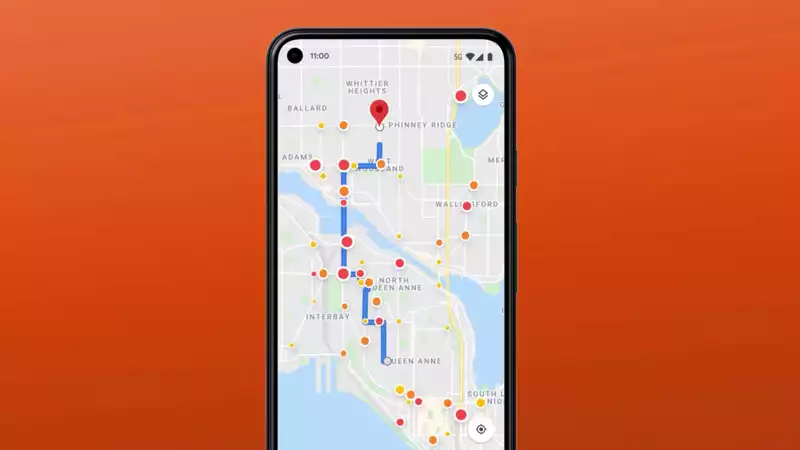Google's AI efforts go beyond adding spooky movements to photos and sending hologram-like video messages. Google is also applying its software smarts to Google Maps, introducing new features to its popular directions app.
Google detailed these Maps improvements during its Google I/O keynote. The changes will be rolled out to both the Android and iOS versions of the mapping software in the coming months, introducing several new features as well as enhancing some of the mapping features already in use. [Detailed street maps will show the exact location of sidewalks and crosswalks, as well as other information needed to get from point A to point B safely.
Other Google Maps changes are much more substantial, however, including new routing options and enhanced AR overlays available on the map. Here is a look at five of the more interesting Google Maps changes coming to your phone.
When you ask Google Maps how to get to a certain location, you will probably see several different routes. In the future, Google says that Maps will also include the most fuel-efficient routes.
Presumably Google's AI will take into account traffic information, optimal driving speeds, traffic lights, and other factors to calculate the route that will get you to your destination in the most fuel-efficient way. This is a feature that could allow Google Maps to outperform Apple Maps. Apple Maps is also environmentally friendly by placing EV charging stations along its route for users of electric vehicles.
Google also plans to use its machine learning skills to calculate safer routes, helping to avoid situations where a sudden break may be necessary. Specifically, Google Maps will take into account how many lanes there are on the road you might be driving on and how direct the route is, and use that data to identify routes that require the least amount of braking. The result should be a reduction in the likelihood of accidents on the road.
If the estimated arrival time of the safest route is the same or not much different from other routes, the map will automatically recommend that course.
Google Maps' Live View mode uses augmented reality to provide real-time directions. Subsequent updates have added support for indoor directions. The latest update makes it easier to access Live View directly from the map and adds other relevant information.
Specifically, an AR overlay will show you what stores and restaurants are around you. Tap to see how crowded they are, read recent reviews, and more.
Equally helpful are the new virtual road signs that help you navigate particularly tricky intersections. Travelers will also be able to see where they are located in relation to their hotel with the help of Live View.
One of the great things about Google Maps is that it will tell you when certain businesses and tourist spots are likely to be busy. (In fact, this feature is so useful that Apple is rumored to be developing its own version for a future Apple Maps update.)
Google Maps is also a great way to see what's going on in the city at any given time.
Google plans to expand its tools for measuring how congested a place is, and Maps will soon be able to tell the amount of foot traffic in a particular area or section of a city. The idea is that you can avoid overly crowded places - or, if you are the kind of person who enjoys happening scenes, you can head directly there.
When you launch Google Maps, the mapping software will tell you about nearby businesses, restaurants, and other points of interest, so you can do more than get directions; according to Google, these suggestions will become more focused in the future.
Specifically, launching Google Maps in the morning will likely show recommendations for places to get coffee or breakfast, as opposed to dinner options. A weekend road trip may be more likely to show points of interest within Google Maps.
.









Comments